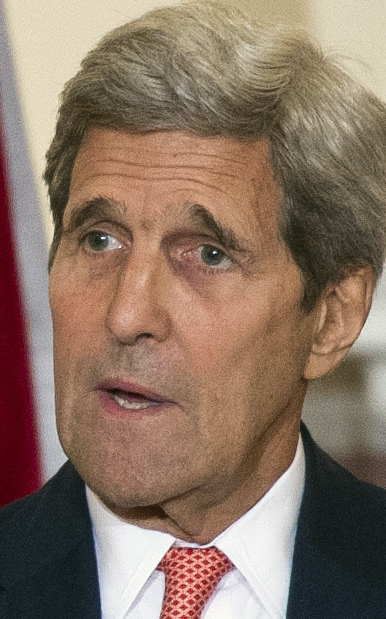WASHINGTON — The Cuban national flag fluttered in Washington on Monday as the United States and Cuba ended more than a half-century of estrangement, formally re-establishing relations severed at the height of the Cold War. But the symbolism of an embassy ceremony could not conceal deep, lingering conflicts between the nations.
Cuban Foreign Minister Bruno Rodriguez presided over the flag-raising ceremony just hours after an agreement to restore diplomatic ties broken in 1961 took effect at the stroke of midnight. He later met with Secretary of State John Kerry, becoming the first Cuban foreign minister to set foot in the State Department since 1958.
Kerry announced that he would make a reciprocal visit to Cuba to dedicate the U.S. Embassy in Havana on Aug. 14. He spoke of a need to move beyond the enmity that was spawned as President John F. Kennedy grappled with Fidel Castro’s revolution and Soviet expansionism and that hardened over the 54 years that followed.
Despite pledges of goodwill and mutual respect, ghosts of past animosity hung over the events. At the reopening of the Cuban embassy and again at a joint news conference with Kerry, Rodriguez repeated demands for the U.S. to end its 53-year embargo, return the U.S. naval base at Guantanamo Bay, stop efforts to change or reform Cuba’s communist government and pay compensation for damage done to the island and its people over five decades.
Send questions/comments to the editors.



Success. Please wait for the page to reload. If the page does not reload within 5 seconds, please refresh the page.
Enter your email and password to access comments.
Hi, to comment on stories you must . This profile is in addition to your subscription and website login.
Already have a commenting profile? .
Invalid username/password.
Please check your email to confirm and complete your registration.
Only subscribers are eligible to post comments. Please subscribe or login first for digital access. Here’s why.
Use the form below to reset your password. When you've submitted your account email, we will send an email with a reset code.